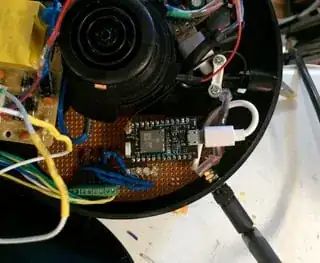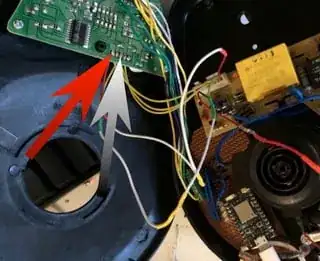I have hacked this kettle so that I can turn it on and off remotely via wifi and that is working perfectly.
Added this to get a better signal.
This is my micro controlling the 5v buttons on the kettle.
I keep running into a wall when it comes to reading the temperature of the water. The kettle does this automatically, but I want to transfer this information to my micro.
If I hook my multimeter to the ground and and yellow wire that connects to the lower voltage board (5v) that had the buttons and display I can use the voltage reading to predict the temp. The reading ranges from 0-5v, but my micro is a 3.3v micro so a direct connection isn't a great idea. I've tried using breakout boards designed to read voltage, but if I connect anything it throws the reading off.
The multi-meter is fine.
How can I get my micro to read the voltage as if it were a multi-meter? I even tried one of those little seven segment voltmeters but that threw off the reading just like the optocoupler and leds and other methods that I tried.
Here is how I have it set up:


